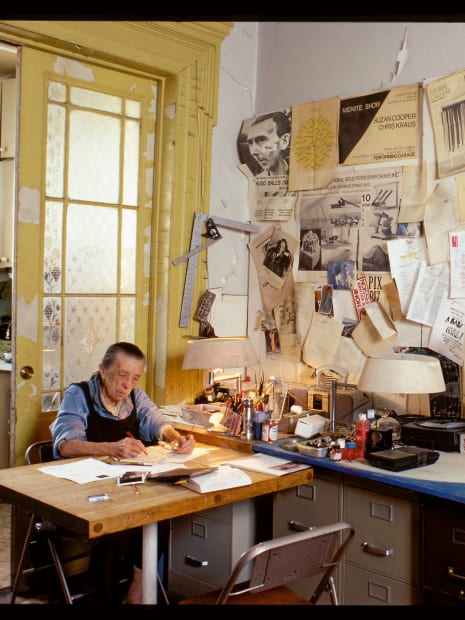-
Olga de AMARAL
Louise BOURGEOIS
Jagoda BUIC
Tracey EMIN
HESSIE
Barbara LEVITTOUX-SWIDERSKA
Su Richardson
Miriam SHAPIRO
Greta SCHÖDL
Annegret SOLTAU
-
Bringing together some of the world’s most innovative mistresses of textile, Richard Saltoun Gallery’s presentation for Masterpiece Online reveals how female artists took hold of fibre and thread with a newfound freedom of making, adding a unique contribution to feminist contemporary art. Taking its cue from the 1972 exhibition Old Mistresses: Women Artists of the Past at Walters Art Gallery, the presentation subverts the reverential term ‘Old Master’ and showcases work by important women.
-

-
Miriam SCHAPIRO
Tidy Art, 1976Femmage (acrylic and fabric collage) on Strathmore Aquarius paper76 x 56 cm -

-
Tracey EMIN
I Can’t Let Go, 2007Embroidered cotton textile33 x 33.5 cm -
Olga de AMARAL
Manto de greda [Clay Mantle], 1977Wool and horsehair suspended on wood220 x 128 cm -
Jagoda BUIĆ
Dubrovnik, 1973Wool80 x 64 cm -

-
Louise BOURGEOIS
The Cross-Eyed Woman I, 2004Drypoint printed on fabric38.4 x 43.8 cm -
All prices are excluding taxes.
Saltoun Online
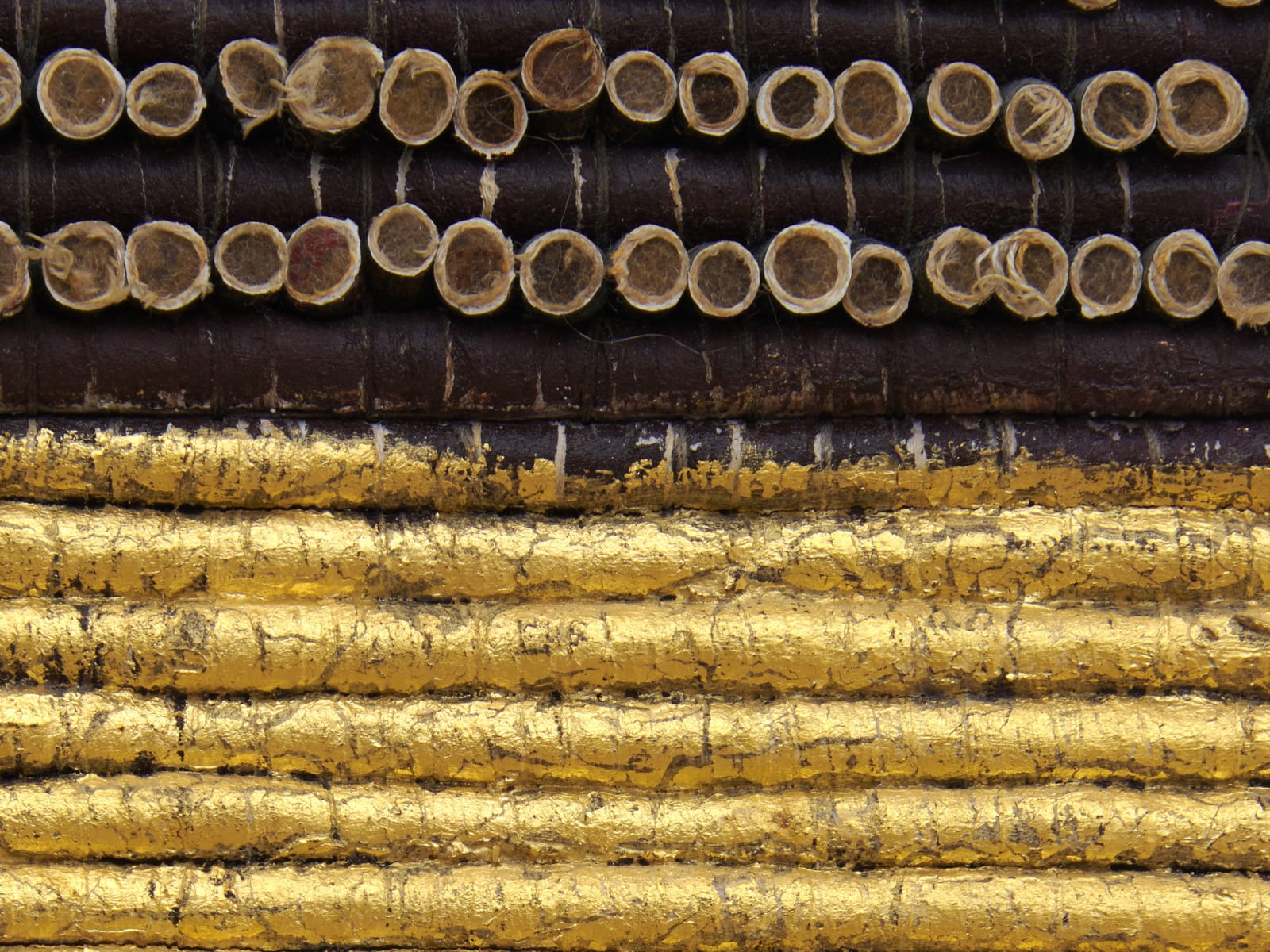
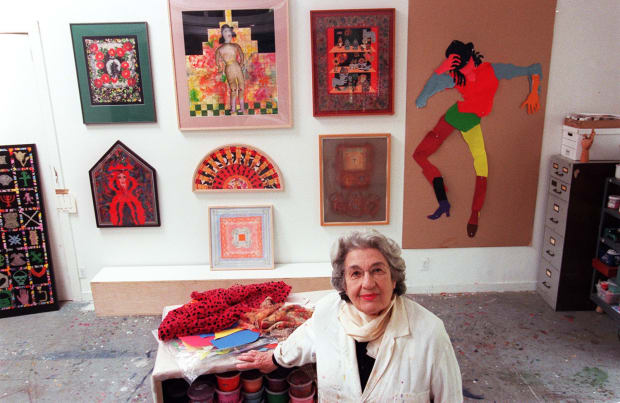

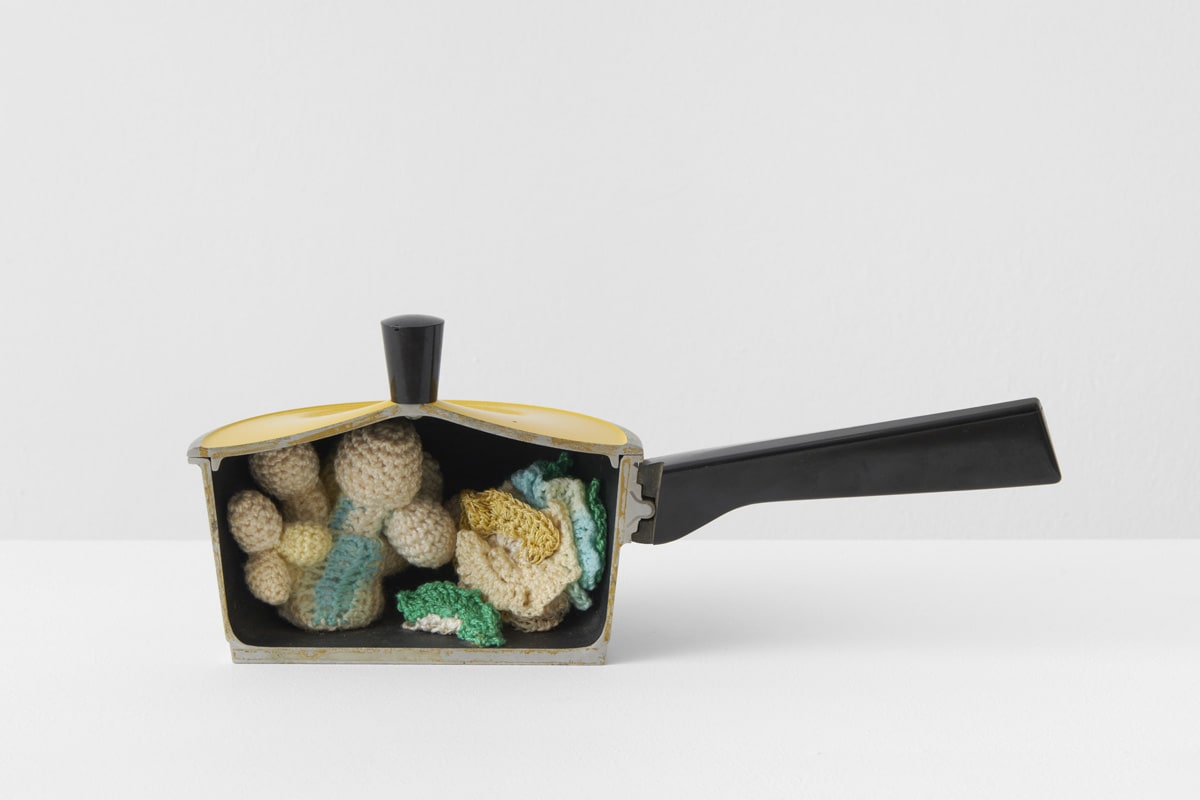
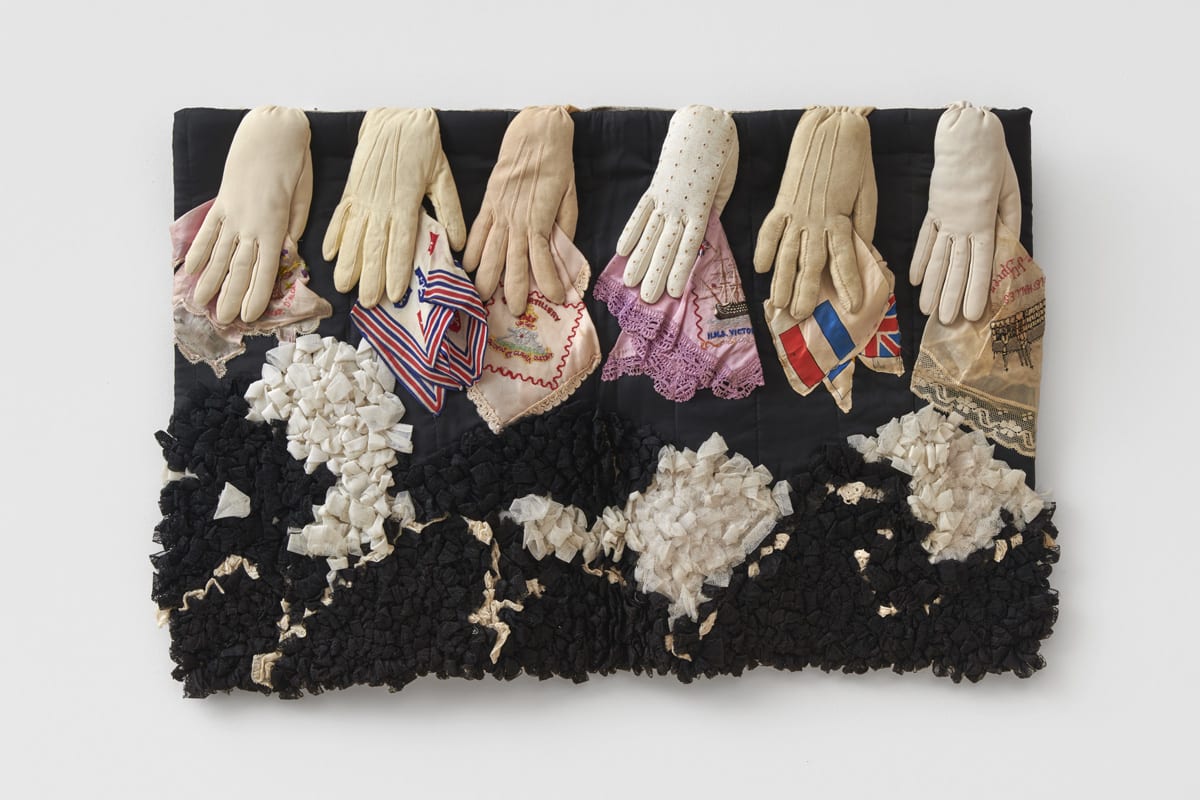
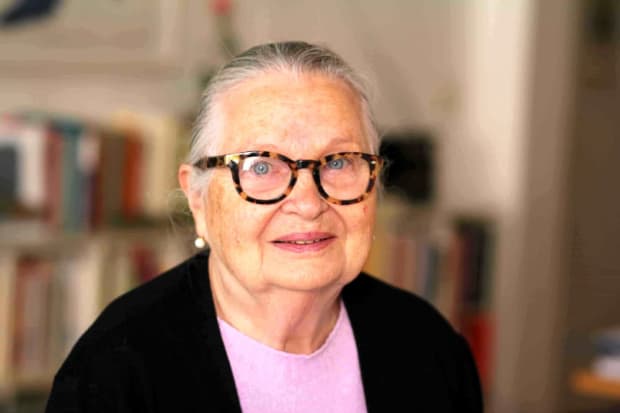
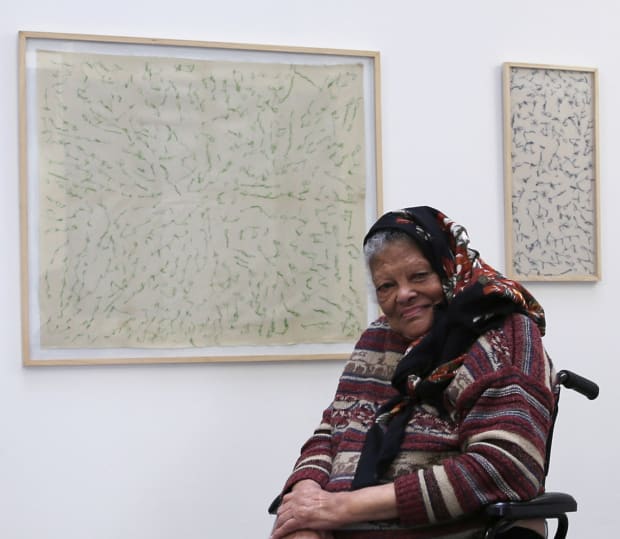




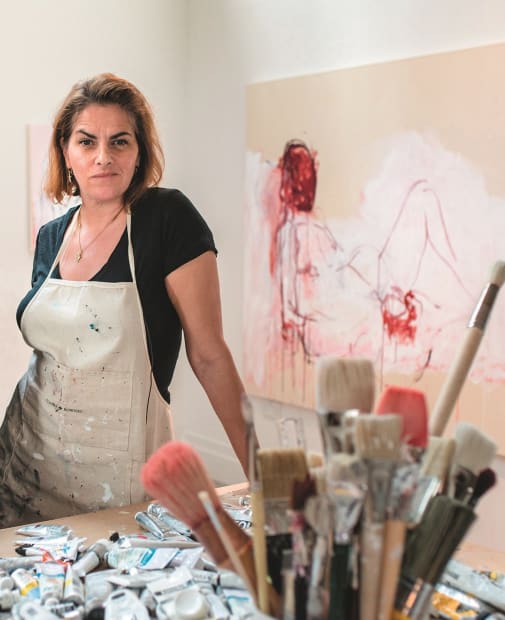

![Annegret SOLTAU Selbst 6 [Self 6], 1975 Vintage black and white overstitched photograph on Baryte paper 39 × 27 cm](https://artlogic-res.cloudinary.com/w_1200,c_limit,f_auto,fl_lossy,q_auto/artlogicstorage/richardsaltoun/images/view/da62d2cffbf87befc1097d1476211047j/richardsaltoun-annegret-soltau-selbst-6-self-6-1975.jpg)
![Annegret SOLTAU, Selbst 5 [Self 5], 1975](https://artlogic-res.cloudinary.com/w_1200,c_limit,f_auto,fl_lossy,q_auto/artlogicstorage/richardsaltoun/images/view/d0270ab2779b282700c81deec05e588fj/richardsaltoun-annegret-soltau-selbst-5-self-5-1975.jpg)
![Annegret SOLTAU Selbst 4 [Self 4], 1975 Vintage black and white overstitched photograph on Baryte paper 39 × 27 cm](https://artlogic-res.cloudinary.com/w_1200,c_limit,f_auto,fl_lossy,q_auto/artlogicstorage/richardsaltoun/images/view/d0a16c42cf63af940b6876931382e8f5j/richardsaltoun-annegret-soltau-selbst-4-self-4-1975.jpg)

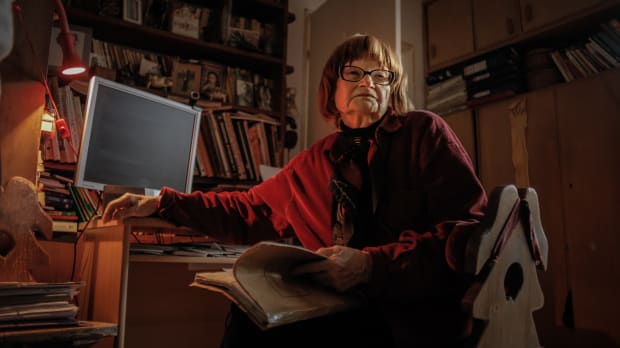
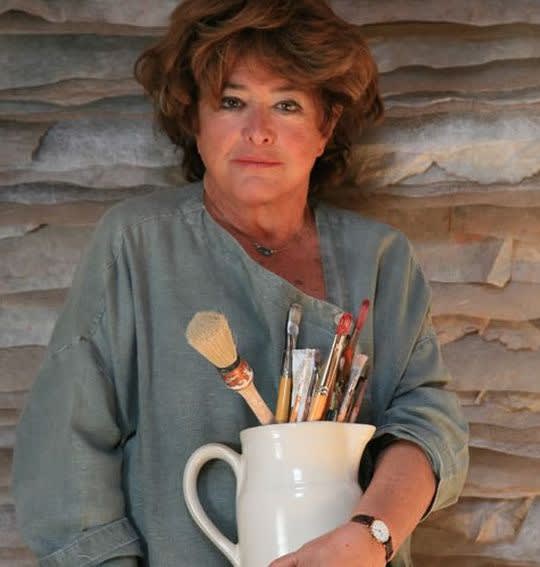
![Olga de AMARAL, Estela 56 [Trail 56], 2015](https://artlogic-res.cloudinary.com/w_1200,c_limit,f_auto,fl_lossy,q_auto/artlogicstorage/richardsaltoun/images/view/aedec3628de09e4c0dd1aa330c49410dj/richardsaltoun-olga-de-amaral-estela-56-trail-56-2015.jpg)
![Olga de AMARAL, Tabla Lunar 9 [Lunar Table 9], 1989](https://artlogic-res.cloudinary.com/w_1200,c_limit,f_auto,fl_lossy,q_auto/artlogicstorage/richardsaltoun/images/view/09961ea033cb0dc785bbe62699edb3aej/richardsaltoun-olga-de-amaral-tabla-lunar-9-lunar-table-9-1989.jpg)
![Olga de AMARAL Manto de greda [Clay Mantle], 1977 Wool and horsehair suspended on wood 220 x 128 cm](https://artlogic-res.cloudinary.com/w_3000,c_limit,f_auto,fl_lossy,q_auto/ws-richardsaltoun2/usr/library/images/main/feature_panels/725/ola027-1-2000px-.jpg)
![Olga de AMARAL Manto de greda [Clay Mantle], 1977 Wool and horsehair suspended on wood 220 x 128 cm](https://artlogic-res.cloudinary.com/w_3000,c_limit,f_auto,fl_lossy,q_auto/ws-richardsaltoun2/usr/library/images/main/feature_panels/725/ola027-2-2000px-.jpg)
![Olga de AMARAL Manto de greda [Clay Mantle], 1977 Wool and horsehair suspended on wood 220 x 128 cm](https://artlogic-res.cloudinary.com/w_3000,c_limit,f_auto,fl_lossy,q_auto/ws-richardsaltoun2/usr/library/images/main/feature_panels/725/ola027-4-2000px-.jpg)
![Olga de AMARAL Manto de greda [Clay Mantle], 1977 Wool and horsehair suspended on wood 220 x 128 cm](https://artlogic-res.cloudinary.com/w_3000,c_limit,f_auto,fl_lossy,q_auto/ws-richardsaltoun2/usr/library/images/main/feature_panels/725/ola027-3-2000px-.jpg)
![Olga de AMARAL Manto de greda [Clay Mantle], 1977 Wool and horsehair suspended on wood 220 x 128 cm](https://artlogic-res.cloudinary.com/w_3000,c_limit,f_auto,fl_lossy,q_auto/ws-richardsaltoun2/usr/library/images/main/feature_panels/725/ola027-5-2000px-.jpg)
![Barbara LEVITTOUX-ŚWIDERSKA, The Black Spiral [Biała spirala], 1980s](https://artlogic-res.cloudinary.com/w_1200,c_limit,f_auto,fl_lossy,q_auto/artlogicstorage/richardsaltoun/images/view/8185d16a98089c1835b57ea08c51761cj/richardsaltoun-barbara-levittoux-widerska-the-black-spiral-bia-a-spirala-1980s.jpg)

